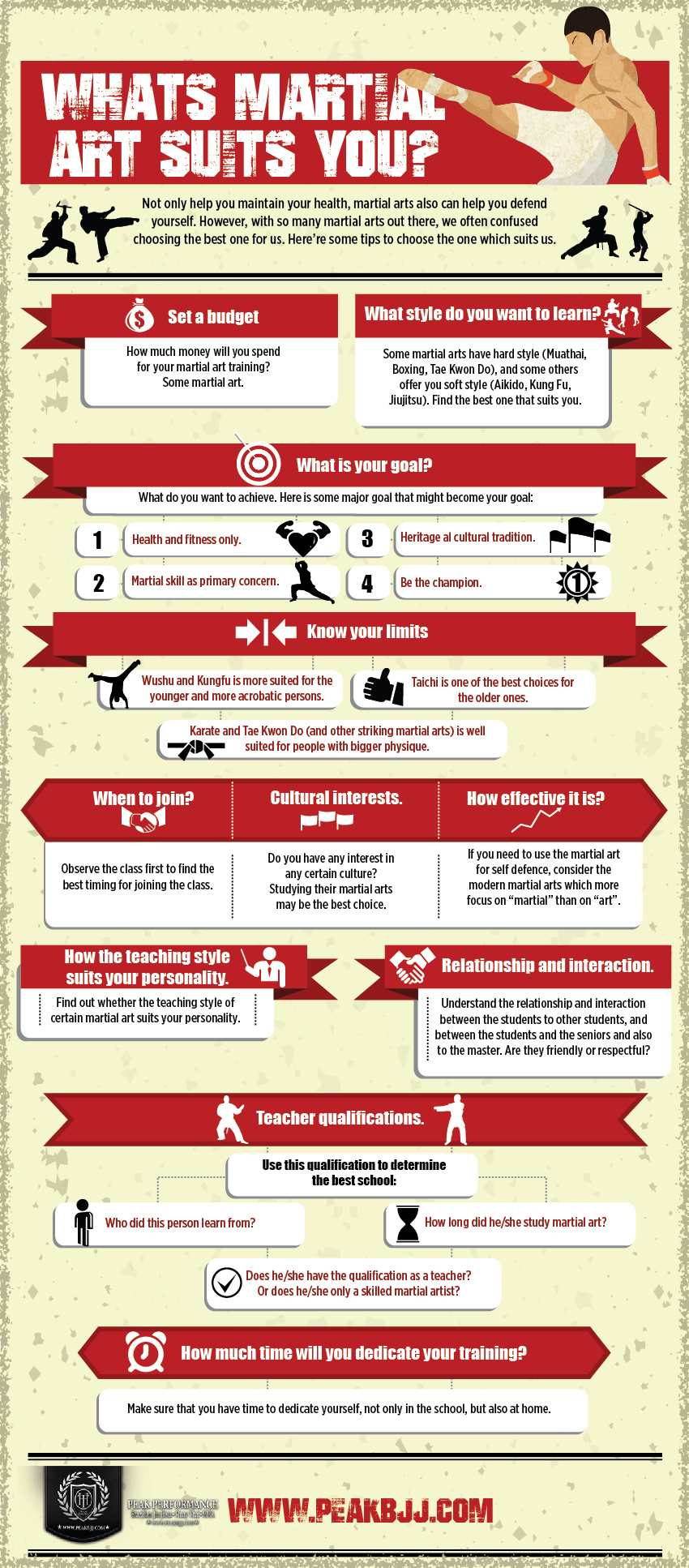Efficient Fighting Style Techniques For Self-Defense
Efficient Fighting Style Techniques For Self-Defense
Blog Article
Write-Up By-Funch McCormack
Have you ever before found yourself in a scenario where you felt threatened and wanted you recognized how to safeguard on your own?
Imagine this: you're walking alone in the evening when unexpectedly, a stranger approaches you with hostile intent. In such moments, having a solid understanding of reliable fighting styles methods for protection can make all the distinction.
Yet what are these techniques? Which ones should you find out to guarantee your security? In this conversation, we will discover a variety of methods, from strikes and kicks to joint locks and tosses, as well as protective maneuvers and runs away.
By the end, you'll have a more clear understanding of the skills that can encourage you to secure on your own in possibly harmful scenarios.
So, let's dive in and find the world of reliable fighting styles methods for self-defense.
Strikes and Kicks
When it concerns protection, strikes and kicks are important methods that can successfully incapacitate an enemy.
In an unsafe scenario, your capability to strike with accuracy and power can be the distinction in between getting away unhurt and becoming a victim.
Strikes involve using your clenched fists, elbows, knees, and even your head to deliver effective blows to vulnerable locations of the body, such as the nose, throat, or groin.
Kicks, on the other hand, utilize the stamina of your legs to deliver strong strikes to a challenger's legs, torso, or head.
By integrating proper strategy with rate and precision, you can swiftly disable an attacker and produce an opportunity to leave.
Bear in mind to go for vulnerable locations and utilize your body's all-natural tools to your advantage.
Joint Locks and Throws
After mastering strikes and kicks, you can better improve your self-defense skills by learning joint locks and throws. Joint locks are methods that include controling your challenger's joints, triggering discomfort or immobilization.
Tosses, on the other hand, involve using your challenger's momentum against them to take them down to the ground.
These strategies not just provide you with efficient methods to control and counteract an assaulter, but they also impart a feeling of confidence and empowerment.
By understanding joint locks and throws, you'll have the ability to swiftly and effectively disable a challenger, giving you the upper hand in any type of self-defense circumstance.
Keep in mind, protection is about protecting yourself and others, and these methods can help you do just that. jason statham what martial arts , why wait?
Beginning learning joint locks and tosses today and be prepared for any scenario that comes your method.
Defensive Maneuvers and Escapes
To efficiently defend yourself in a harmful situation, it's critical to master protective maneuvers and gets away. These methods are designed to assist you avert and get over an opponent quickly and efficiently.
One effective defensive maneuver is the avoid. By tipping to the side, you can avoid an oncoming attack and develop an opportunity to counterattack.
One more useful method is the duck and cover. This involves crouching down and covering your head and vital locations with your arms. martial arts master can safeguard you from strikes and allow you to evaluate the scenario and strategy your following relocation.
Additionally, discovering leaves such as wrist grabs, bear hugs, and chokeholds can aid you break without an enemy's grip and develop range.
https://movieweb.com/karate-kid-moments-ranked/ of protection, understanding efficient fighting styles strategies is critical. Whether it's the swift strikes and effective kicks that leave your opponent stunned, the skillful implementation of joint locks and tosses that debilitate them, or the defensive maneuvers and gets away that grant you freedom, these strategies resemble a vivid tapestry of protection.
Like a competent artist with a brush, you can suggest of security and self-confidence with every relocation you make.
